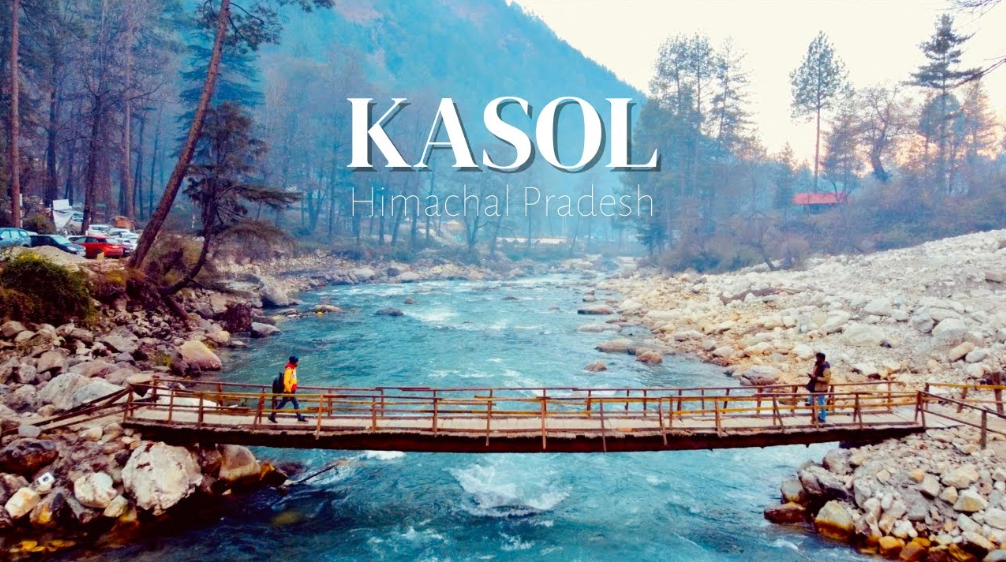
Cause of rising heatwave…
Temperature
The rising frequency and intensity of heatwaves can be attributed to several factors, primarily driven by human-induced climate change:
- Natural Variability: While human activities are the primary drivers of global warming, natural factors such as volcanic eruptions, solar radiation fluctuations, and natural climate cycles like El Niño and La Niña can also influence short-term variations and contribute to heatwave events. However, the influence of these factors is typically overshadowed by human-induced climate change in the long term.

Deforestation: Trees play a crucial role in regulating temperatures by absorbing carbon dioxide. Deforestation reduces the number of trees available to absorb CO2, contributing to increased greenhouse gas concentrations and subsequently higher temperatures.

Greenhouse Gas Emissions: The release of greenhouse gases such as carbon dioxide, methane, and nitrous oxide from human activities like burning fossil fuels, deforestation, and industrial processes traps heat in the atmosphere, leading to a warming effect known as the greenhouse effect.

Urbanization: Urban areas with concrete and asphalt absorb and retain more heat than natural landscapes, creating urban heat islands. These urban heat islands can exacerbate heatwave conditions, particularly in densely populated areas.

Changes in Land Use: Alterations in land use, such as conversion of natural land to agriculture or urban development, can disrupt natural ecosystems and further amplify heatwave effects.

Loss of Polar Ice: The melting of polar ice caps due to global warming decreases the Earth’s albedo, or reflectivity, which means more sunlight is absorbed rather than reflected back into space. This contributes to a positive feedback loop, where increased ice melt leads to more warming.

AND HUMAN IS A BIG REASON OF GLOBALWARMING…

TODAY CONDITION OF HEATWAVE….
Temperature an extreme heatwave accompanied by dry weather conditions will likely prevail over a large part of India until 1 June, including Delhi, Uttar Pradesh, Bihar, Jharkhand, Rajasthan, Odisha, Madhya Pradesh, and so on.
Delhi is supposed to experience partly cloudy skies on Thursday, May 30, with heatwave conditions in specific regions, as anticipated by the regional weather office on Wednesday, which added that there is a possibility of thunderstorms with very light rainfall in the Capital city.
NEW-DELHI RECORDS HIGHEST EVER TEMPERATURE OF 52.3C AS NORTH- INDIA SWELTERS
People in northern India are struggling with an unrelenting, weeks-long heatwave, with temperature in India’s capital soaring to a national record-high of 52.3 degrees Celsius (126.1 Fahrenheit), the government’s weather bureau said.
The India Meteorological Department (IMD), which reported “severe heatwave conditions”, recorded the temperature in the New Delhi suburb of Mungeshpur on Wednesday afternoon, smashing the previous national record in the desert of Rajasthan by more than one degree Celsius.
Rajasthan’s Phalodi town previously held the all-time heat record, hitting 51C (124F) in 2016. India declares a heatwave whenever temperatures are above 45C (113 F)
The brutal weather has forced schools to close in several cities and raised the risk of heatstrokes for people working outdoors. The extreme heat also coincides with a six-week general election, increasing health risks as people wait in long lines to cast their vote. The voting ends on Saturday.

A youth bathes his cattle in the River Tawi in Jammu. [Channi Anand/AP Photo]


A cobbler rests by her work equipment in Lucknow, the capital of |Uttar Pradesh state. [Rajesh Kumar Singh/AP Photo]
Precaution by global warming for our environment
Best way to prevent our environment.. by using these thing
Temperature Precautions for global warming are vital to mitigate its impacts on the environment, ecosystems, and human societies. Here are some key measures:
- Reduce Greenhouse Gas Emissions: Carbon dioxide (CO2), methane (CH4), and other greenhouse gases trap heat in the atmosphere, contributing to global warming. Decreasing emissions from burning fossil fuels, deforestation, agriculture, and industrial processes is crucial This involves transitioning to renewable energy sources, improving energy efficiency, and adopting sustainable practices in agriculture and forestry.
- Promote Renewable Energy: Invest in and support the widespread adoption of renewable energy sources such as solar, wind, hydroelectric, and geothermal power. This reduces dependence on fossil fuels and lowers greenhouse gas emissions.
- Energy Efficiency: Enhance energy efficiency in industries, transportation, buildings, and appliances. This can be achieved through technological advancements, building codes, and policies promoting energy-efficient practices.
- Afforestation and Reforestation: Planting trees and restoring forests helps sequester carbon dioxide from the atmosphere, acting as natural carbon sinks. Protecting existing forests from deforestation is equally important.
- Reduce Deforestation and Forest Degradation: Halting deforestation and degradation of forests, particularly in tropical regions, is critical for preserving biodiversity and reducing carbon emissions.
- Sustainable Agriculture: Implementing sustainable agricultural practices such as conservation tillage, crop rotation, and agroforestry can reduce emissions from agriculture while promoting soil health and resilience to climate change.
- Adaptation Strategies: Develop and implement strategies to adapt to the impacts of global warming, including sea-level rise, extreme weather events, changes in precipitation patterns, and shifts in ecosystems. This involves enhancing infrastructure resilience, implementing early warning systems, and promoting ecosystem-based adaptation approaches.
By implementing these precautions, we can collectively work towards mitigating the impacts of global warming and building a more sustainable future.








